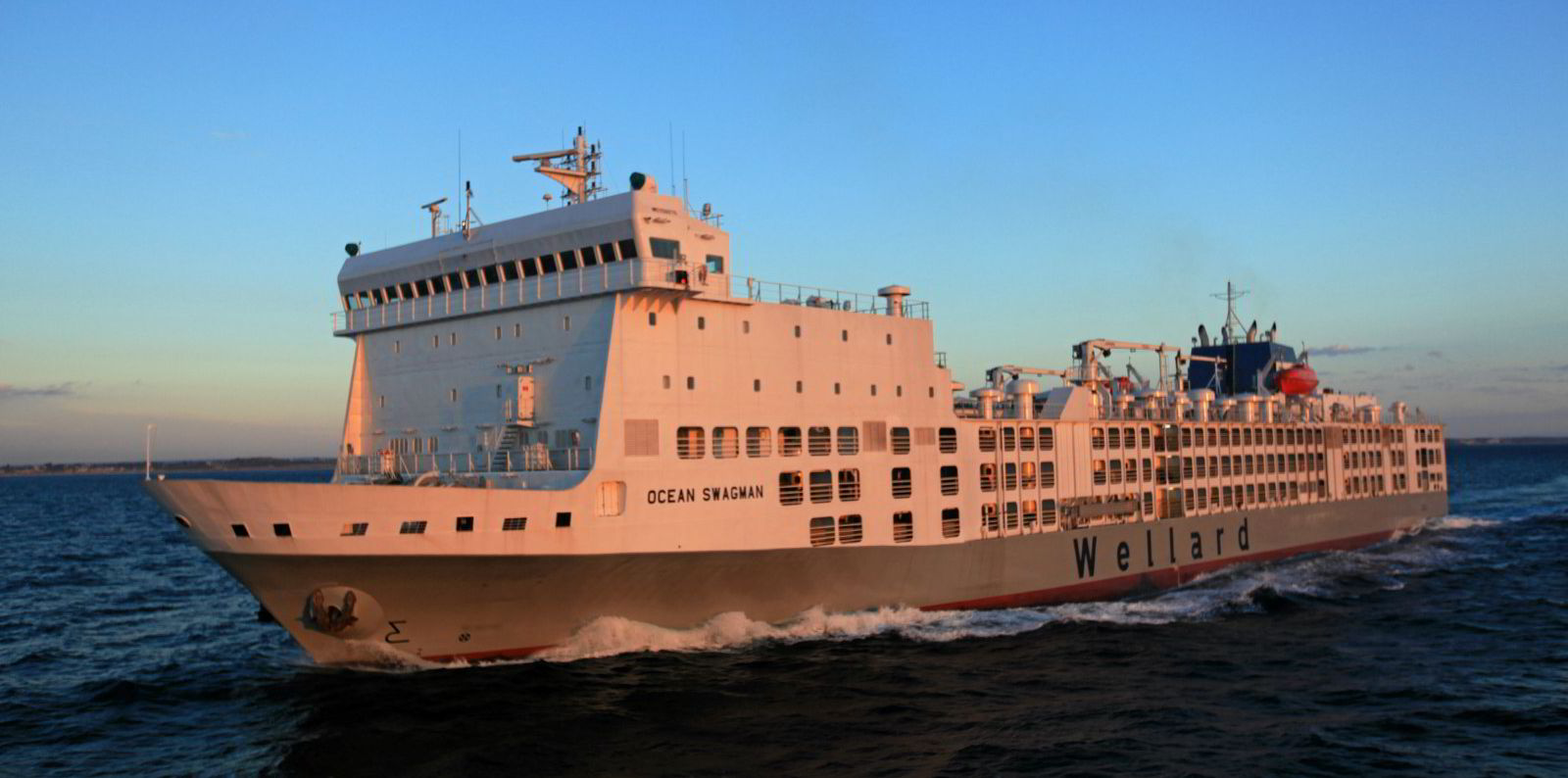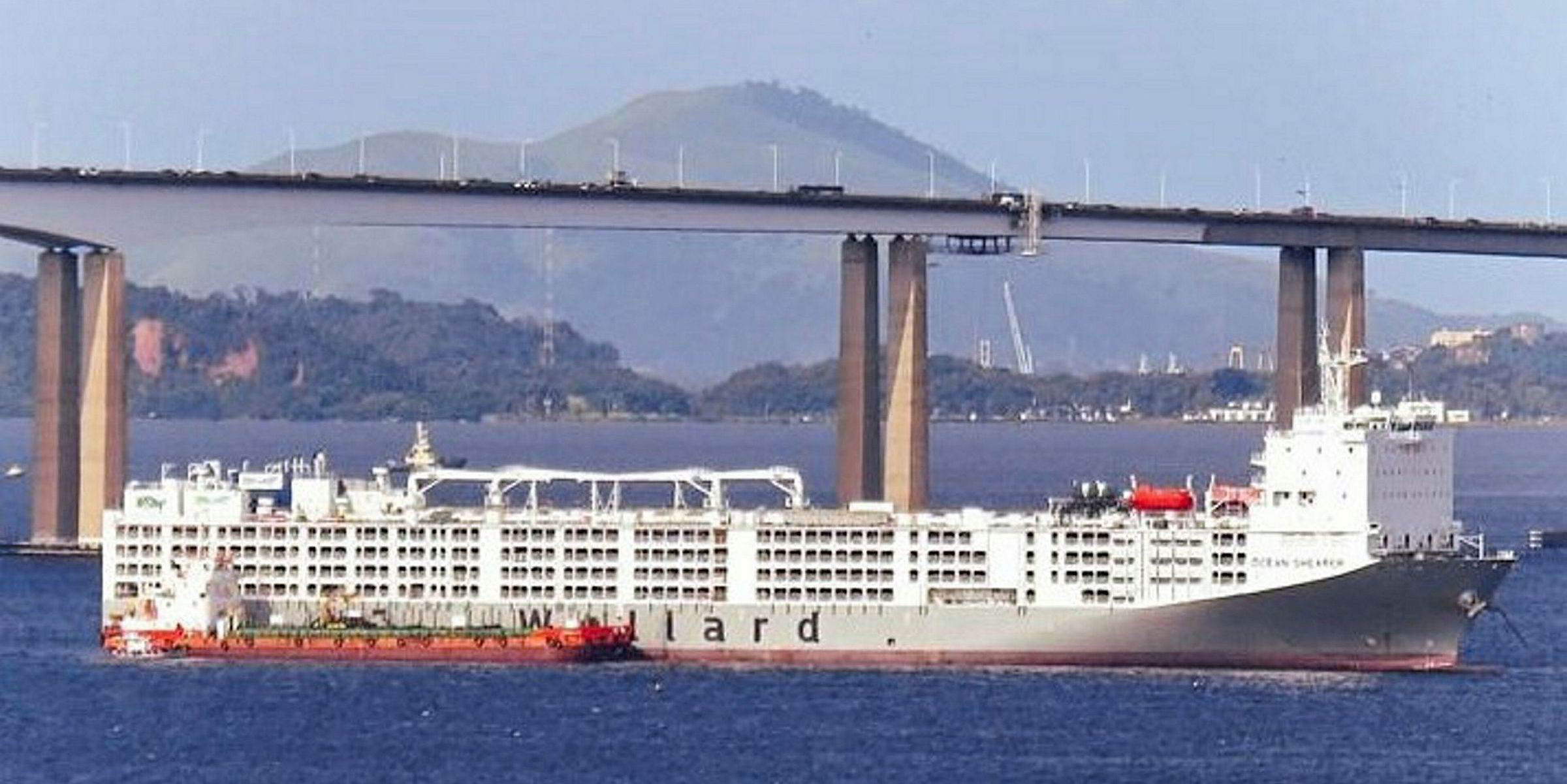Wellard, the Australian livestock carrier operator, said it is examining the potential for newbuildings on the back of healthy demand for its existing fleet.
Executive chairman John Klepec said the company is turning its attention to growth and renewal opportunities, particularly with the shipowner's fleet.
The company is looking carefully at how those opportunities can be funded without stressing the Wellard balance sheet, he said.
“It is critical that there is continued investment in the livestock fleet so that innovative, modern vessels with state-of-the-art technologies provide the best animal welfare outcomes for the livestock in our care,” Klepec said.
Wellard said it has already started the process of identifying a replacement vessel for its 9,168-dwt Ocean Ute (built 1994), given the long lead times involved with building ships.
The vessel, which can carry 6,000 cattle or 22,000 sheep, was acquired by the Australian-listed company in 2015 and was converted into a livestock carrier in 2010.
Initial technical study
As part of this process, the company said it commissioned an initial technical study into the most ideal vessel design and specifications.
Wellard’s preliminary assessment concluded that the optimum pen area of a new building vessel would be a new size for the market.
The company said it would be larger than the Ocean Swagman (built 2010), which can carry up to 7,000 cattle or 26,000 sheep. But it would be smaller than the Ocean Drover (built 2002), which is the world’s second-largest purpose-built livestock carrier and has a capacity for 20,000 cattle or 75,000 sheep.

Wellard said the newbuilding would likely be powered by alternative fuels or a combination of fuels and be capable of steaming at more than 17 knots.
The company added that it will look to off-balance sheet funding alternatives for the construction of a new vessel, in preference to taking on high debt.
Growth forecasts
Meat & Livestock Australia forecast that the number of cattle exported live from Australia will grow by 30% in 2022 and a further 13% in 2023.
There are just over 170 livestock carriers worldwide, and none on order, according to figures supplied to TradeWinds by Maritime Strategies International earlier this year.
The fleet is said to be spread widely between a large number of small owners, most with between one and three ships.
The fleet’s average age stands at 36 years — 16 years more than the 20-year average for the global merchant shipping fleet. More than 75% of livestock carriers are above the 30-year mark.
Only about 20% of the fleet was originally designed to carry livestock, with most converted from former ro-ros and feeder containerships.
The sector has come in for increased scrutiny lately following a series of incidents involving such ships, the most serious of which was the sinking of the Gulf Livestock 1 in September 2020 off Japan.
In February, Australia launched a six-month campaign led by the Australian Maritime Safety Authority to clamp down on substandard livestock carriers.






